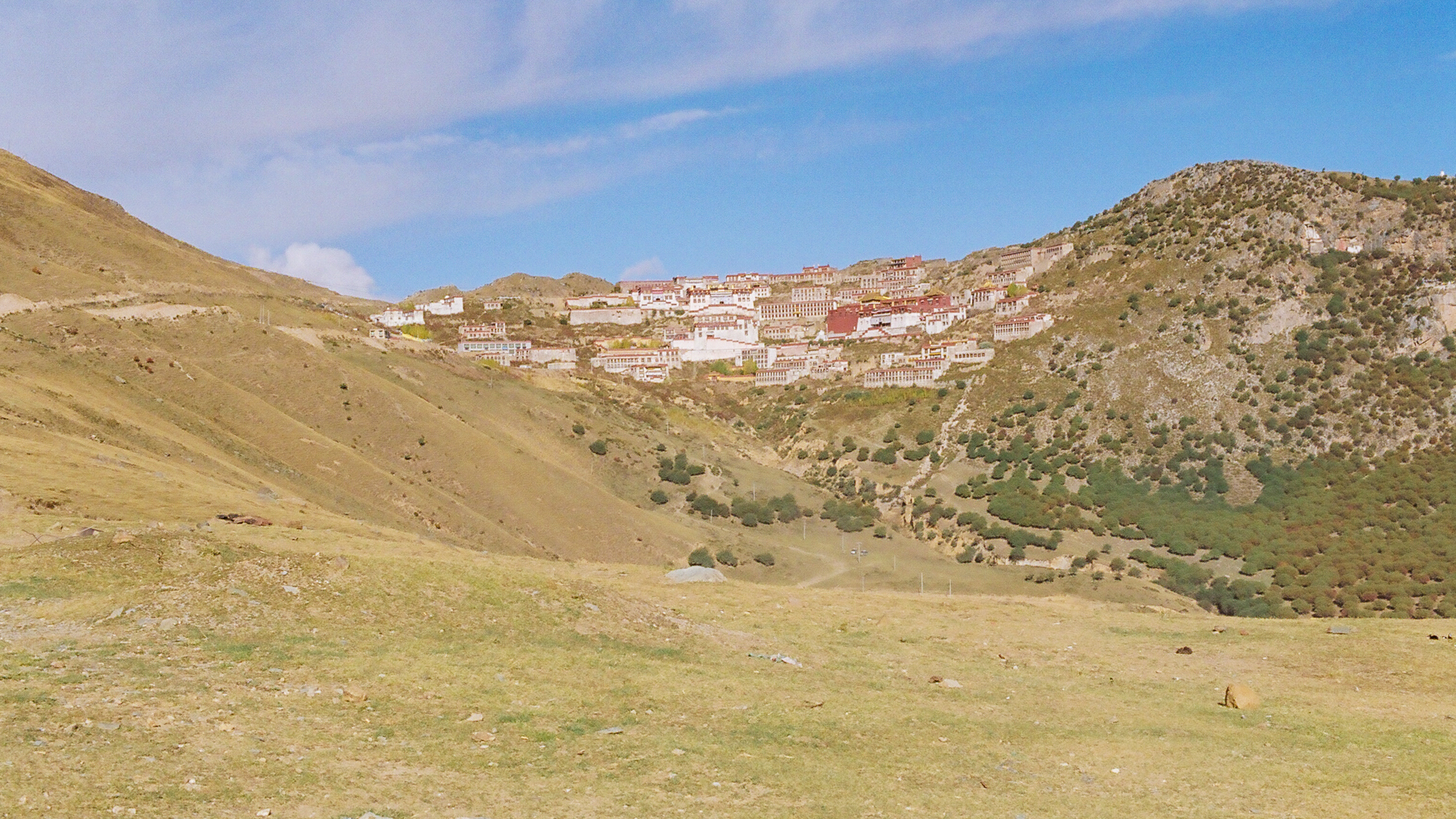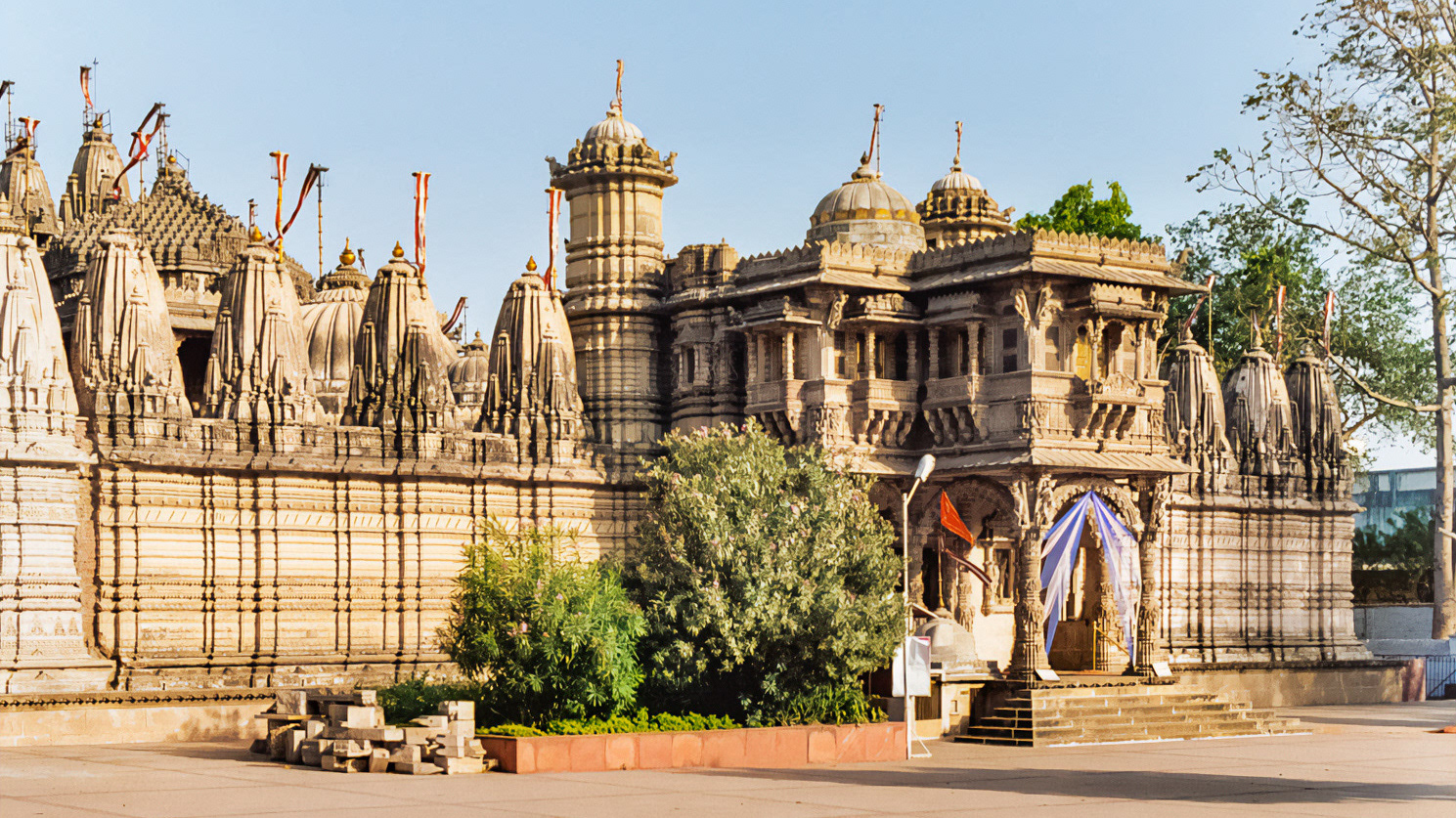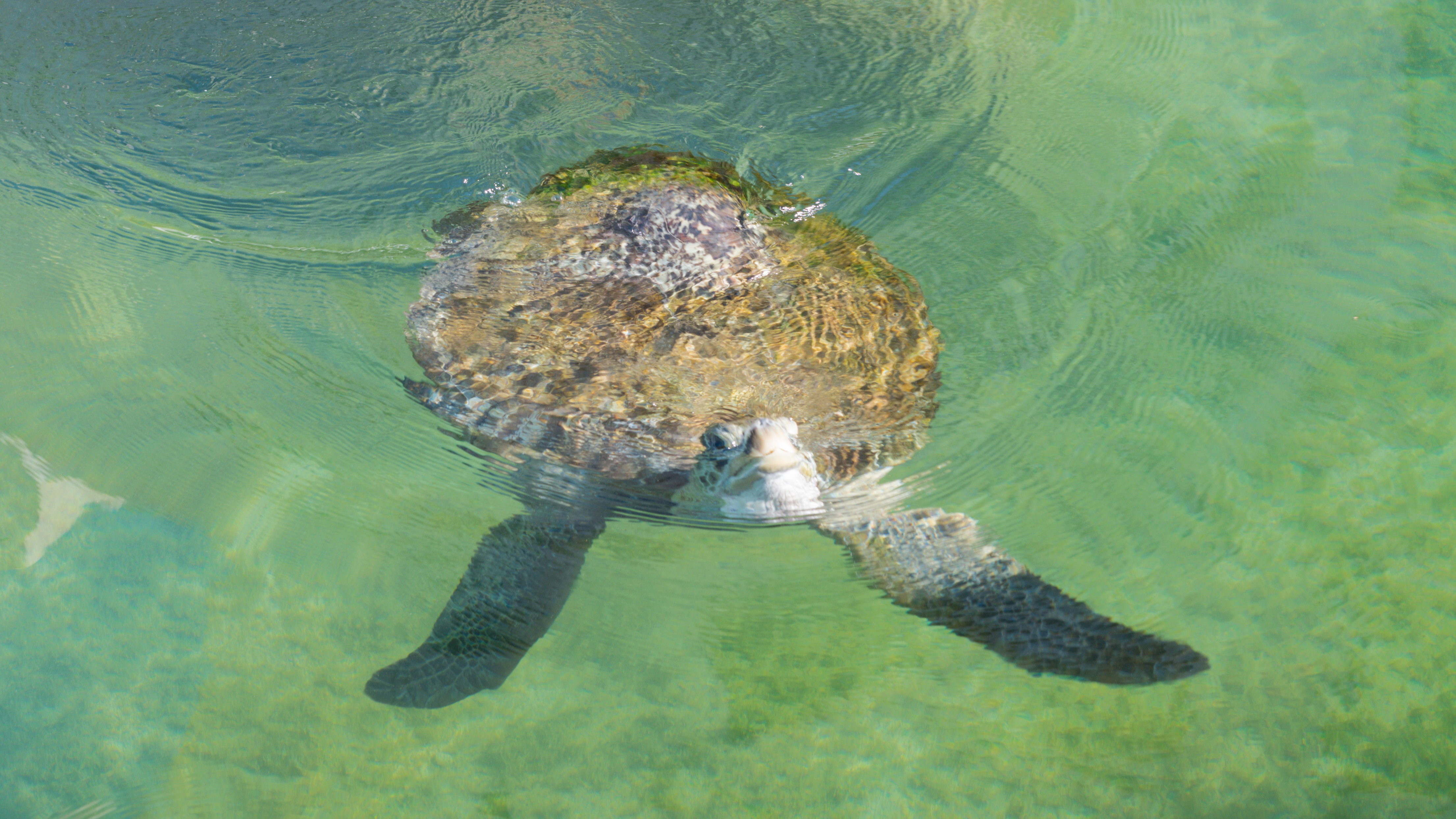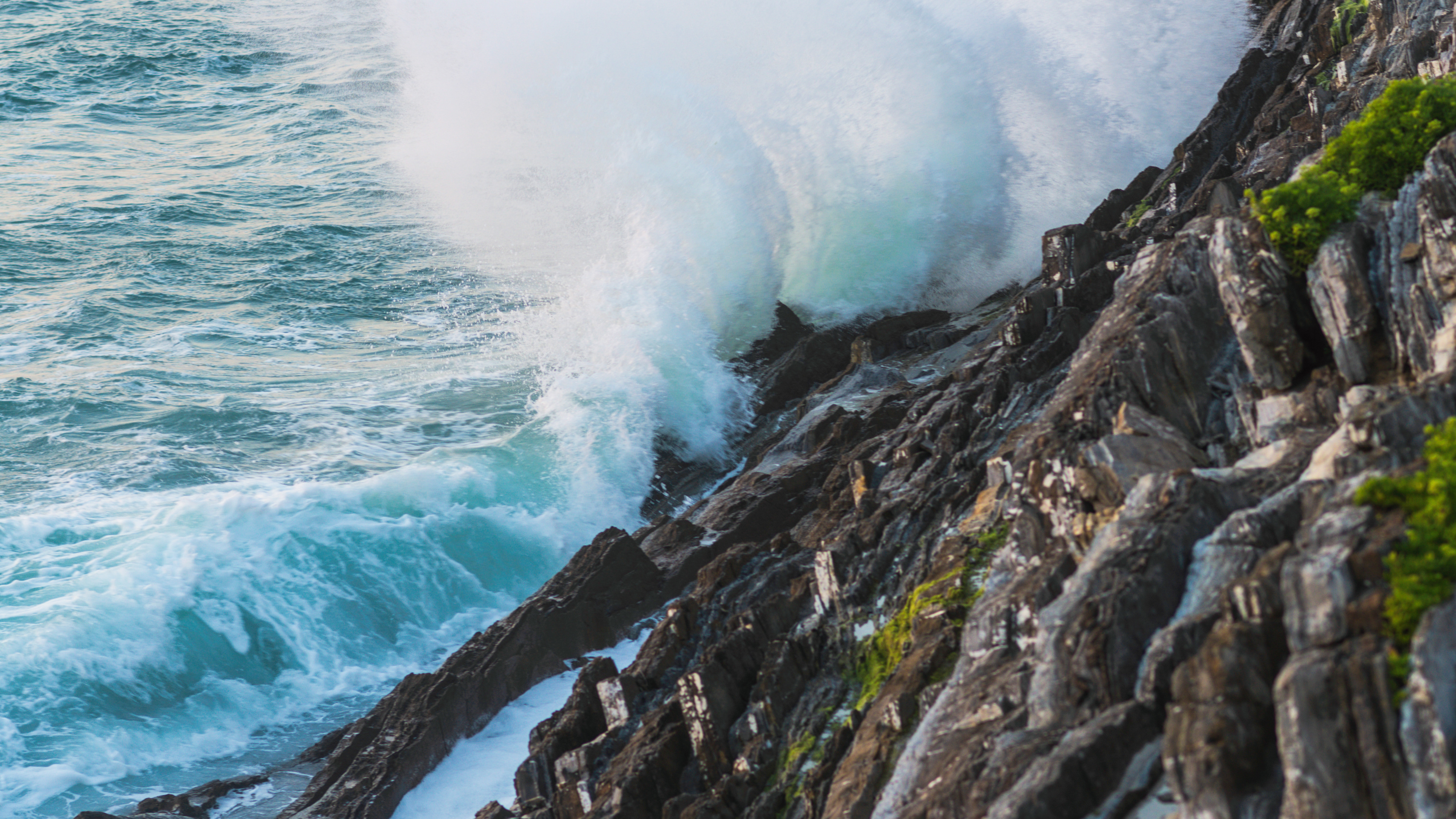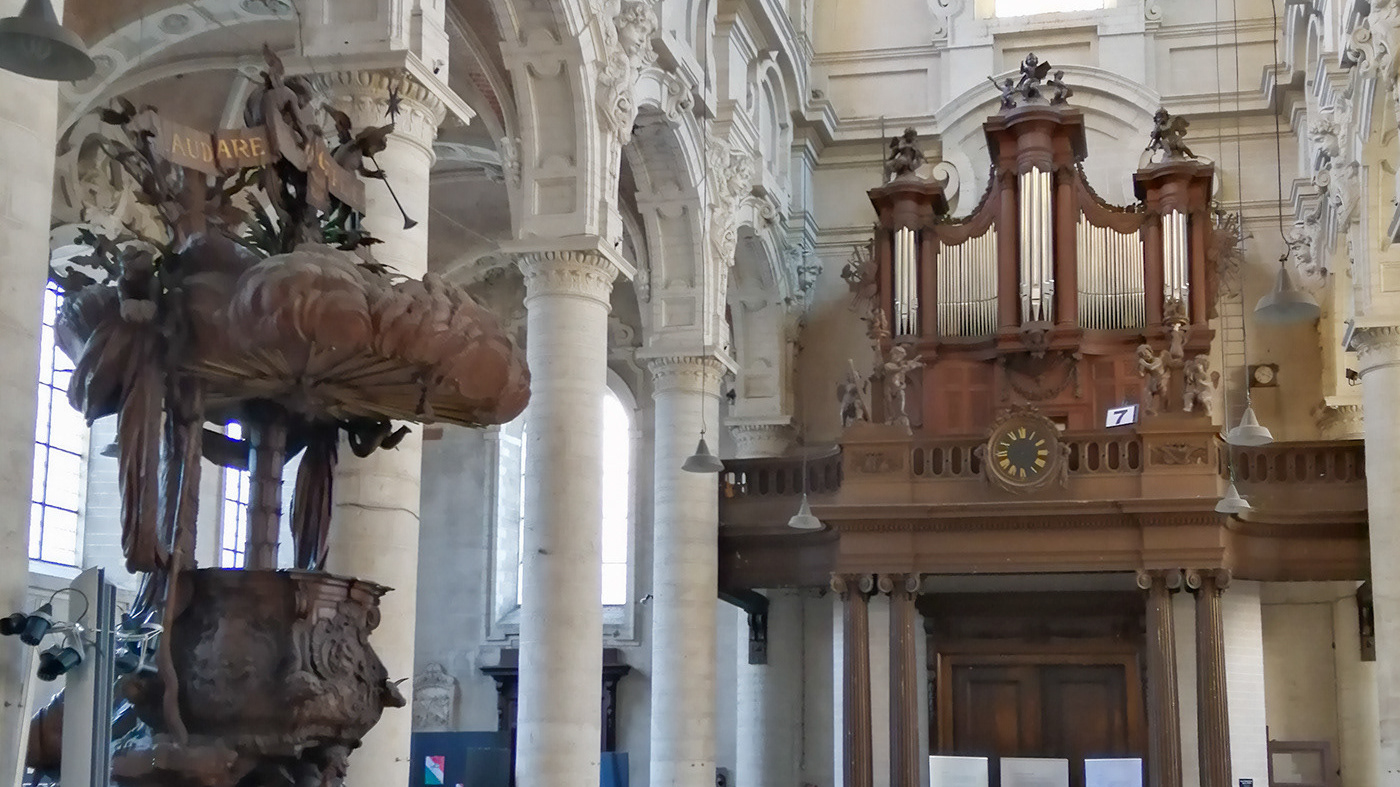Tenerife is the largest of Spain’s Canary Islands, located just off the northwest coast of Africa. It’s a place of striking contrasts — from volcanic peaks and lush forests to sunny beaches and vibrant towns — all wrapped in a mild, spring-like climate year-round.
At the heart of the island is Mount Teide, a massive volcano and Spain’s highest peak. Surrounded by a vast national park, this UNESCO World Heritage Site offers otherworldly landscapes and incredible hiking opportunities. Meanwhile, the island’s coastlines offer both golden and black-sand beaches, perfect for relaxing or surfing depending on which side of the island you’re on.
Tenerife’s cities add to its charm. Santa Cruz, the lively capital, combines culture and commerce with colorful markets, bold architecture, and a buzzing harbor. Nearby, La Laguna, a historic town and UNESCO site, is known for its colonial buildings and laid-back student energy. Along the coast, Puerto de la Cruz offers a more relaxed vibe with botanical gardens and natural swimming pools designed by the artist César Manrique.
Culturally, Tenerife shines during Carnival, one of the biggest celebrations in the world, where the streets of Santa Cruz explode with color, music and dance. Local life is also shaped by smaller traditions — like enjoying a meal at a guachinche, a rustic family-run spot serving homemade food and local wine.
The food on the island reflects its blend of cultures: papas arrugadas (salted potatoes with mojo sauce), fresh seafood, goat cheese and traditional gofio all feature heavily. The local wine, especially from the northern valleys, is also well worth trying.
Tenerife’s north is greener and cooler, while the south is sunnier and drier — making it easy to find your perfect climate.
Photography: Walter E. L. Somers

